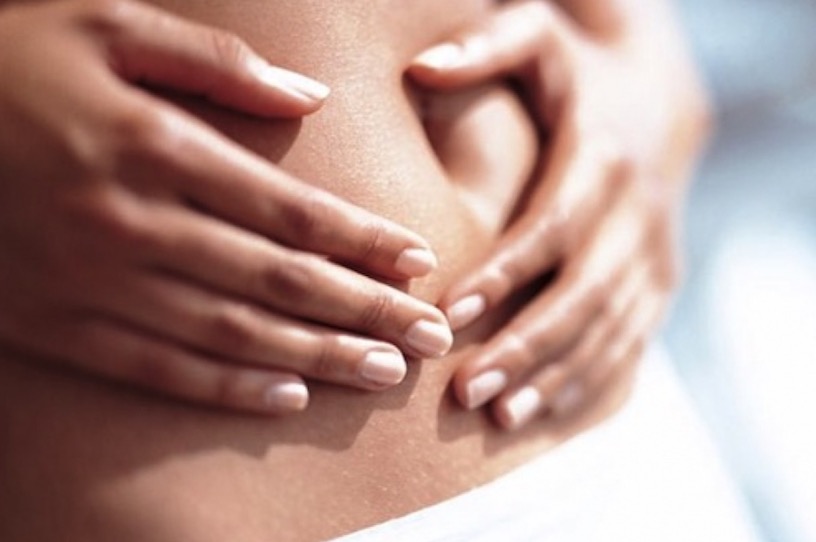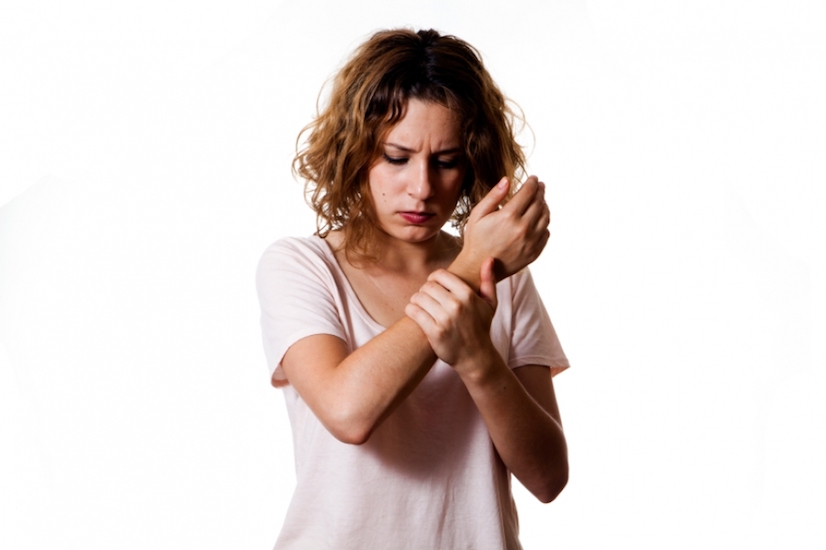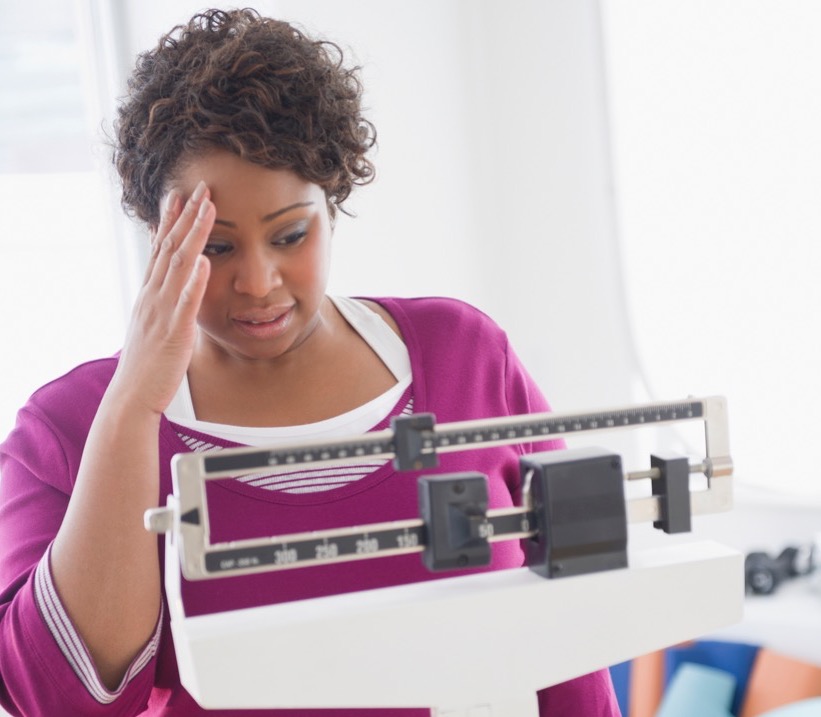Back in 2007, while pregnant with my first and only child, I found out I had a single uterine fibroid. Throughout the progression of my pregnancy, this fibroid continued to increase in size. But, I didn’t sweat it. My obstetrician-gynecologist (OB-GYN) assured me that it would shrink after childbirth. It did and I went on to have a beautiful 9-pound 6-ounce baby boy.
Unfortunately, my fibroid issues took a real turn for the worst from 2010 to 2012 during which time I had three consecutive miscarriages.
With each miscarriage an additional fibroid was discovered. When it was all said and done I had a total of four, one the size of a grapefruit and three the size of tennis balls. I was certain these fibroids were culprits behind the miscarriages but my OB-GYN was disturbingly lackadaisical. She even suggested possible chromosomal abnormalities between my husband and I.
Really?
Completely frustrated, I decided to get a second opinion.
That was a great decision and one that confirmed my certainty.
I’ve since had a uterine myomectomy by way of the da Vinci Surgical System during which all four of my fibroids were removed. The entire experience of having fibroids has given me a unique perspective on the truth about uterine fibroids.
What Are Uterine Fibroids?
Uterine fibroids (leiomyomas) are noncancerous growths or tumors that develop in and around a woman’s womb (uterus). Fibroids can range in size from as small as a marble to as large as a soccer ball. While the exact cause of uterine fibroids is unknown, these growths can arise any time after the start of the first menstrual cycle and increase with age until the hormonal changes of menopause.
Oftentimes, fibroids go undetected and they’re typically harmless. However, depending on their size and position in the uterus, medical treatment may be warranted.
Some of the classic symptoms of uterine fibroids include: heavy or prolonged bleeding during and even between menstrual cycles, pain or discomfort with intercourse, anemia, abdominal pain, and low-back pain. In some women, fibroids can lead to more severe symptoms like infertility or difficulty conceiving, preterm birth, or miscarriage.
Related Article: Seven Effective Strategies for Naturally Managing Polycystic Ovarian Syndrome
Who’s At Risk of Uterine Fibroids?
Although the exact cause of uterine fibroids is unknown, fibroid growth is often triggered by elevations in the female sex hormone estrogen. This hormone circulates in high quantities within a woman’s body between puberty and menopause. Due to the role of estrogen, fibroid growth is a common occurrence in the presence of estrogen dominance and during pregnancy, due to increased levels of circulating estrogen.
African-American women are two-times more likely to develop uterine fibroids when compared to white, Asian, and Hispanic women.
Additional factors associated with fibroids include: menstruating before the age of 12; never giving birth to a child; and/or having a chronic disease like obesity, diabetes, or high blood pressure. Physical inactivity, poor eating habits, and other unhealthy lifestyle behaviors may also increase the likelihood of fibroid development in women.
How Can Uterine Fibroids Be Treated?
Prior to my myomectomy, I experienced many of the symptoms associated with uterine fibroids including abnormal menstrual cycles, aches and pains, and, as I’ve already mentioned, miscarriages. There was also a point at which I noticed that my abdominal muscles had begun to protrude. This was all due to both the size and placement of my fibroids.
Now, I can personally attest that my symptoms only manifested themselves during my four pregnancies due to associated increases in estrogen. Outside of pregnancy I was always able to successfully manage my symptoms with the right combination of exercise and good nutrition. In fact, if I hadn’t developed a fourth fibroid in my uterine cavity (one of the most risky locations), I could have very well tolerated the others.
So, what is the right combination of exercise for managing uterine fibroids?
Well, the best combination involves cardio exercise along with resistance training.
Both types of exercise greatly promote a healthy body weight, which is critical for reducing fibroid growth and future fibroid development. I must too emphasize that moderate-to-high-intensity levels of exercise are especially beneficial, as training this way can greatly reduce estrogen levels in the blood thereby reducing fibroid growth.
Related Article: How to Manage Fibroids with Weight Lifting
For these reasons I make it a practice to regularly put in some real work for some real results and I always encourage other women to do so.
And then there is the importance of good nutrition for fibroid management.
In general, an adequate intake of fresh vegetables and fruits is a healthy step in both the prevention and treatment of uterine fibroids. This is in large part due to their unique composition of key nutrients, antioxidants, and fiber, all of which promote estrogen balance. As such, I make an effort to consume at least 9-10 servings of vegetables and fruits each day.
In addition to veggies and fruits, I also take in at least three servings of fiber-rich whole grains (whole oats, oatmeal, and brown rice) and healthy fats from cold-water fish (tuna, salmon, and trout), avocado, olive oil, nuts and seeds. A large body of evidence suggests that the nutrients housed in these foods can greatly promote estrogen balance and overall good health.
The Net-Net
Coupling the facts about uterine fibroids with both my personal insights and professional experiences with other women, I can honestly say that implementing healthy lifestyle practices can help manage the overall impact of these tumors. Now, a healthy lifestyle doesn’t guarantee you won’t develop fibroids or, in my case, have a recurrence. But, such behaviors definitely put the odds in your favor, even if you’re at risk from other factors.







